
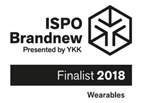
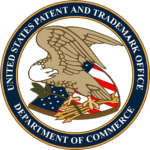
We are Teiimo Health
Welcome to Teiimo Health, where innovation meets healthcare through smart textiles.
We specialize in developing cutting-edge solutions that redefine patient care and medical applications. Our smart textiles offer a new dimension to healthcare, providing real-time data and improving diagnostics, comfort, and efficiency. Whether you’re a patient seeking better care or a healthcare professional looking to enhance your practice, Teiimo Health has the answer.
Explore our website to discover how we’re revolutionizing the future of healthcare with smart textiles. Welcome to a world of innovation and improved health.
healthcare challenges
Difficult diagnosis for COPD
The diagnosis of COPD in primary care often relies on infrequent snapshots of a patient’s health, resulting in difficulties in achieving a differential diagnosis. Many individuals with COPD remain undiagnosed due to these challenges.
High number of patients per doctor
In rural and disadvantaged urban areas, finding a doctor can be challenging, often referred to as medical deserts. Limited appointments, an aging population, and fewer than 2.3 doctors per 1,000 people (WHO, 2020) highlight the pressing need for improved healthcare access.
Growing needs of hospital beds
With a decline in hospital beds worldwide (2.70 per 1,000 people in 2011), recruitment challenges, service closures, and overloaded emergency departments, there’s a growing strain on healthcare infrastructure. Meeting the demands of an evolving healthcare landscape is becoming increasingly challenging
Growing number of chronic diseases including COPD
The European respiratory landscape is set to see significant changes, with over 36.5 million Europeans projected to have COPD by 2030. Germany alone is estimated to have 7.9 million COPD patients by 2030, up from 6.8 million in 2010. As the seventh leading global cause of ill-health, COPD’s prevalence could rise to the third spot by 2030, underscoring the urgency of effective management.
Aging population
The aging population is a significant challenge for the healthcare system, as the number of elderly individuals continues to grow. With age, the risk of chronic diseases like heart disease, diabetes, and cancer increases substantially. For example, the World Health Organization (WHO) estimates that by 2050, the global population aged 60 and over will more than double, reaching over 2 billion people, many of whom will require ongoing care for chronic health conditions.
The diagnosis of COPD in primary care often relies on infrequent snapshots of a patient's health, resulting in difficulties in achieving a differential diagnosis. Many individuals with COPD remain undiagnosed due to these challenges.
Difficult diagnosis for COPDIn rural and disadvantaged urban areas, finding a doctor can be challenging, often referred to as medical deserts. Limited appointments, an aging population, and fewer than 2.3 doctors per 1,000 people (WHO, 2020) highlight the pressing need for improved healthcare access.Review Text
High number of patients per doctorWith a decline in hospital beds worldwide (2.70 per 1,000 people in 2011), recruitment challenges, service closures, and overloaded emergency departments, there's a growing strain on healthcare infrastructure. Meeting the demands of an evolving healthcare landscape is becoming increasingly challenging
Growing needs of hospital bedsThe European respiratory landscape is set to see significant changes, with over 36.5 million Europeans projected to have COPD by 2030. Germany alone is estimated to have 7.9 million COPD patients by 2030, up from 6.8 million in 2010. As the seventh leading global cause of ill-health, COPD's prevalence could rise to the third spot by 2030, underscoring the urgency of effective management.
Growing number of chronic diseases including COPDThe aging population is a significant challenge for the healthcare system, as the number of elderly individuals continues to grow. With age, the risk of chronic diseases like heart disease, diabetes, and cancer increases substantially. For example, the World Health Organization (WHO) estimates that by 2050, the global population aged 60 and over will more than double, reaching over 2 billion people, many of whom will require ongoing care for chronic health conditions.
Aging populationOur Product
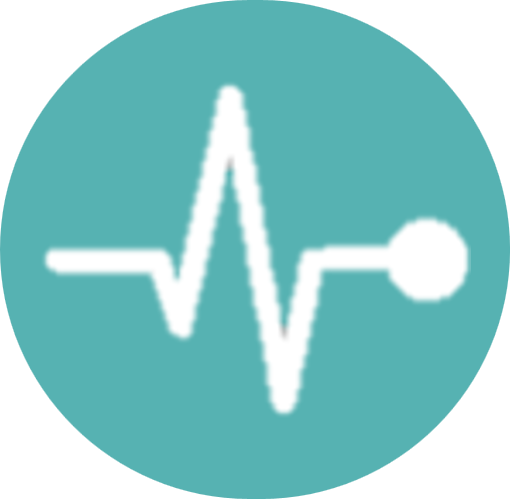
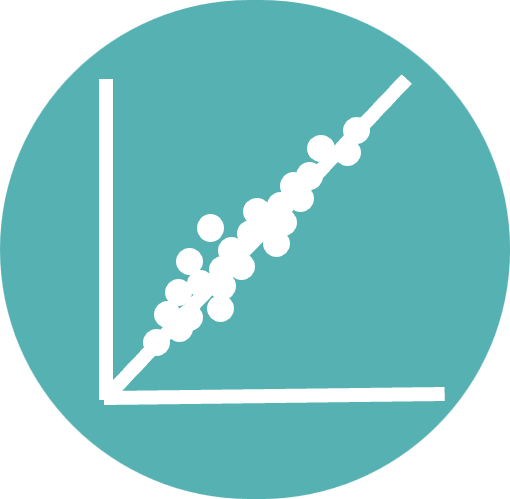
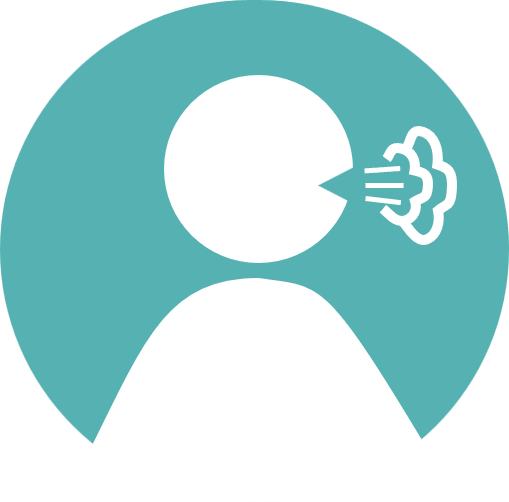
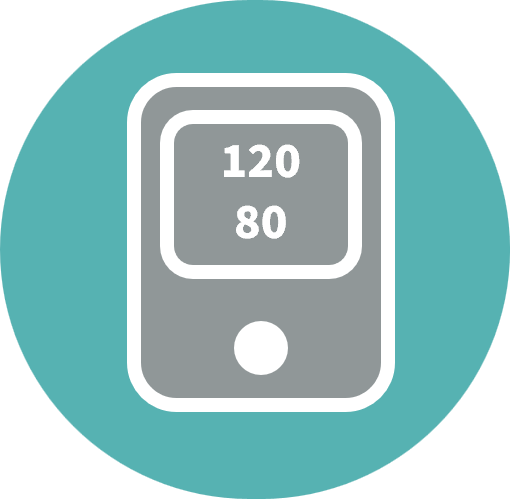
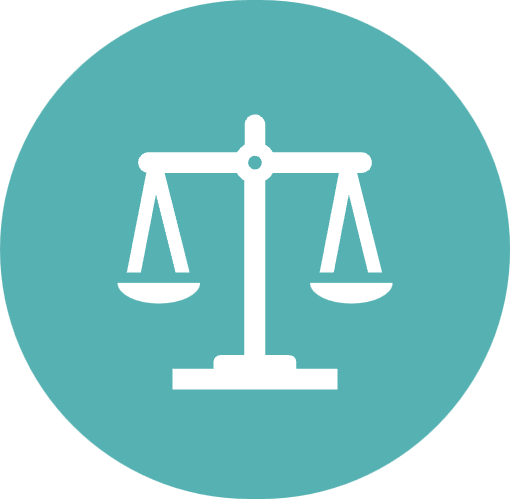
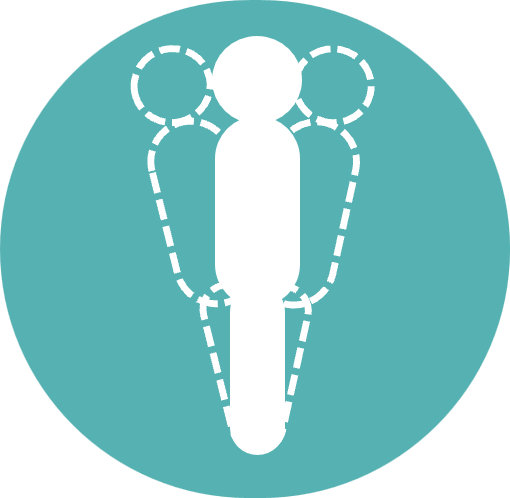
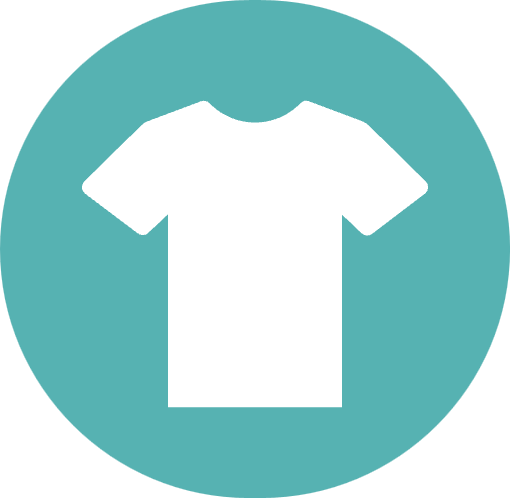

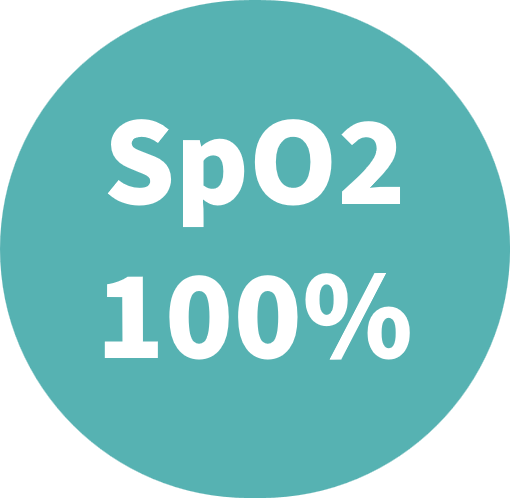
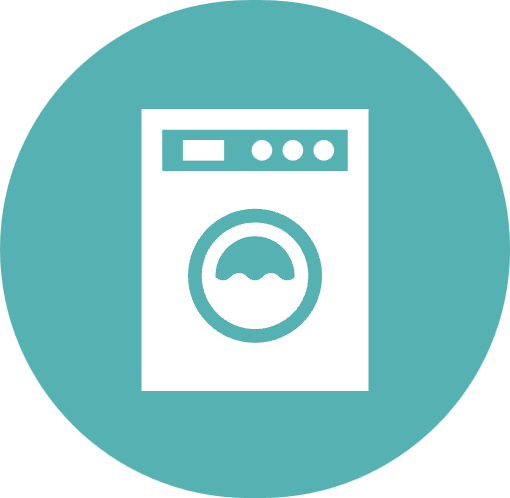
Use Cases
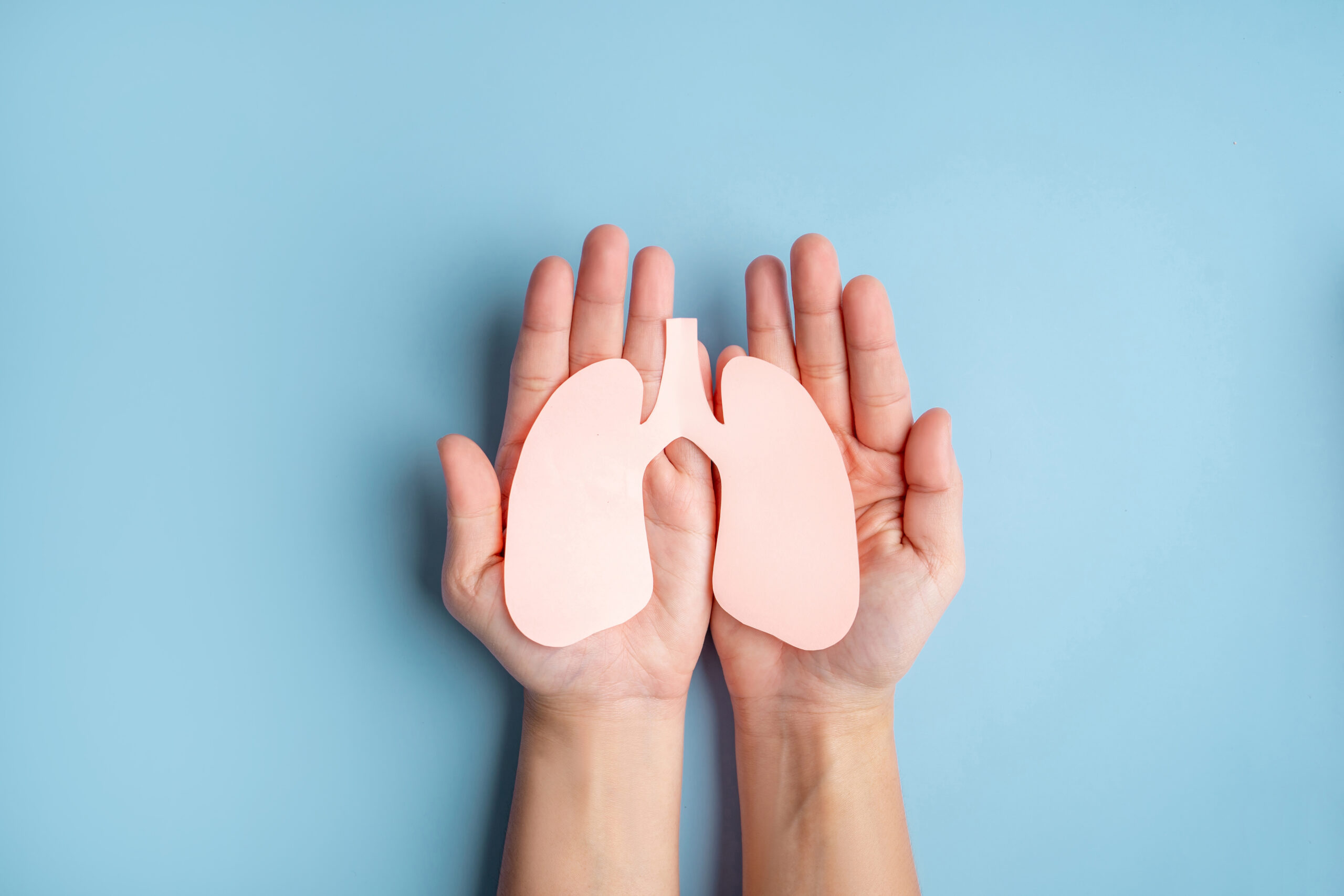


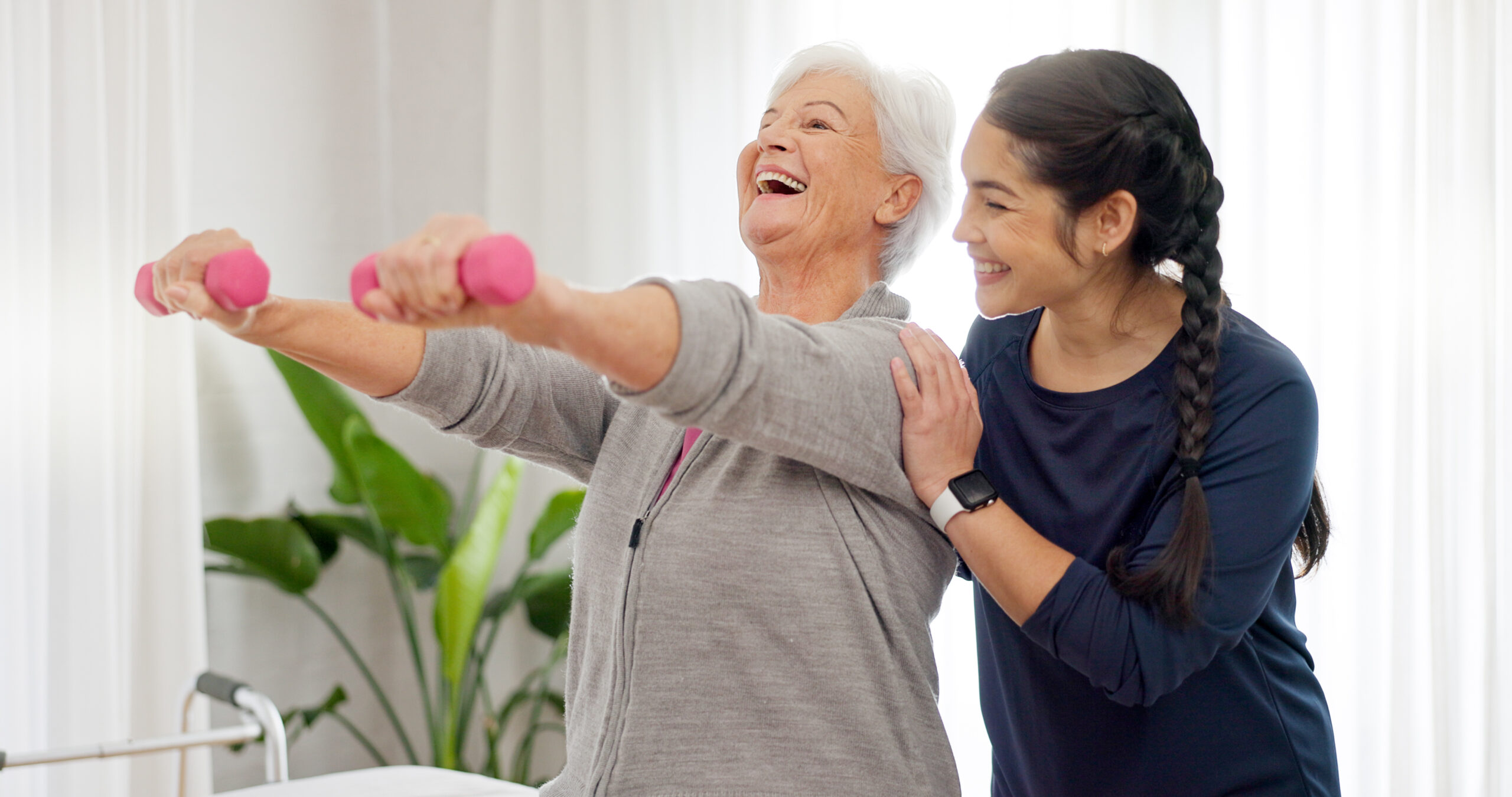






Partners
the team
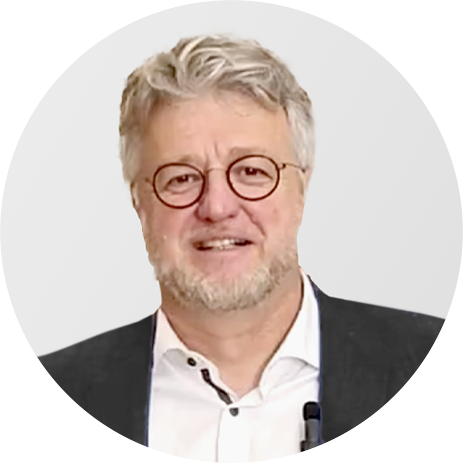
Markus Strecker
Founder & CEO
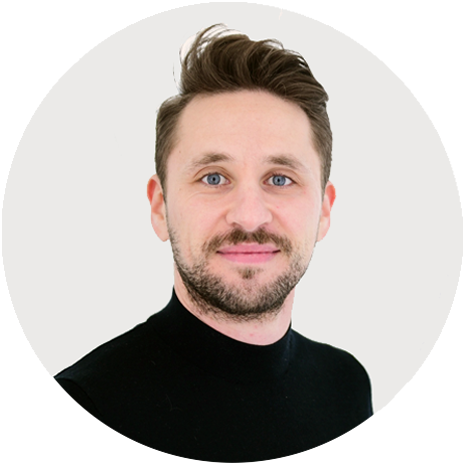
Sven Hitschold
Director of Operations
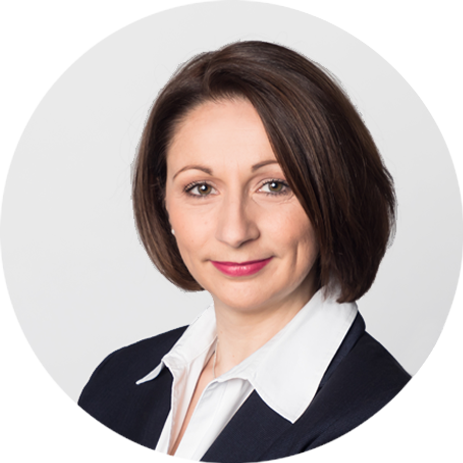
Nadege Theron Sicard
Medical Business Expert
Testimonial
This technology, a textile-based platform of integrated sensors and electrodes designed and engineered to provide precise physiological measurements, including heart rate, respiratory rate, and movement in 3-dimensions has tremendous potential in health care applications.
Prof. Dr. A. B. Waxmann, MD, PhD, FACP, FCCP Brigham and Women’s Hospital, Harvard, Boston, USAWe will use this technology as soon as it is available
Dr. Andreas Bandt Cardiology Munich West

The potential application scenarios are manifold
Prof. Dr. med. Jan Purrucker, MSc Neurology and Stroke Unit, University Clinic Heidelberg, Germany